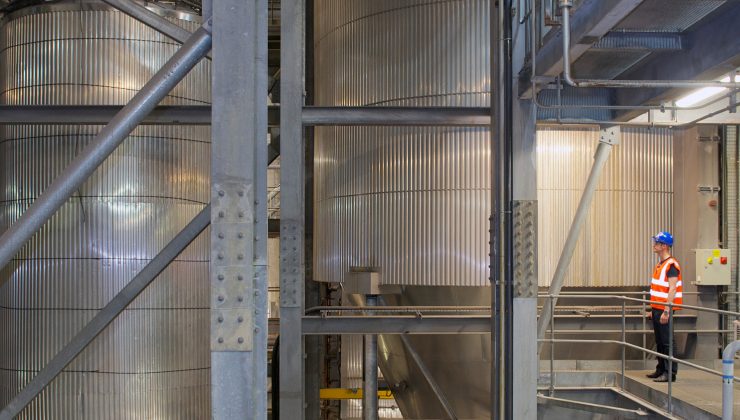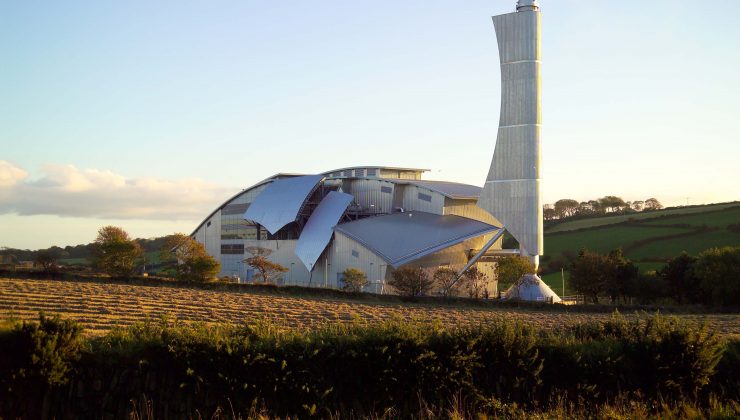The gases from the combustion process go through a multi stage cleaning process. What comes out of the chimney is largely steam, oxygen, nitrogen and carbon dioxide with tiny amounts of pollutants. These are well within the strict levels set by the Environment Agency in the facility’s environmental permit. Monitors at the base of the chimney continuously record emission levels. You can see the current monitoring information here.
What are the emissions?
Particles
Particles, also called particulates, are formed during the incineration process. These are captured in bag filters and form part of the air pollution control residue (APCR) which is taken off site in sealed containers.
Carbon monoxide and VOCs as Total Organic Carbon
High temperatures, a good mix of waste and sufficient air are all needed to achieve complete combustion and limit the formation of carbon monoxide and total organic carbon.
The temperature of the furnace is carefully controlled and additional burners can be used to bring up the temperature if it starts to drop.
A good mix of waste is achieved, initially using the grabber in the bunker, but also on the moving grate in the furnace which keeps the waste moving throughout combustion.
The air flow into the furnace is controlled using fans alongside and underneath the grate.
Sulphur dioxide and hydrogen chloride
Many of the things we throw away, including batteries and plastics, contain either sulphur or chlorine. These are released into the combustion gases during incineration and react with the air to form sulphur dioxide and hydrogen chloride.
We inject hydrated lime into the process to neutralise these gases and convert them into a solid which can be captured in the bag filters. This excess lime, particulates, salts and carbon dust make up the air pollution control residue, which is taken from the site in sealed containers.
Oxides of nitrogen
Whenever anything is burnt in air, oxides of nitrogen are formed. This is because the air we breathe is made up of nitrogen (78%) and oxygen (21%) which combine during combustion. Nitrogen dioxide and nitrogen monoxide are known as oxides of nitrogen or NOx.
To control these in the combustion process, we inject urea into the furnace, which reacts with the oxides of nitrogen to produce nitrogen and water.



